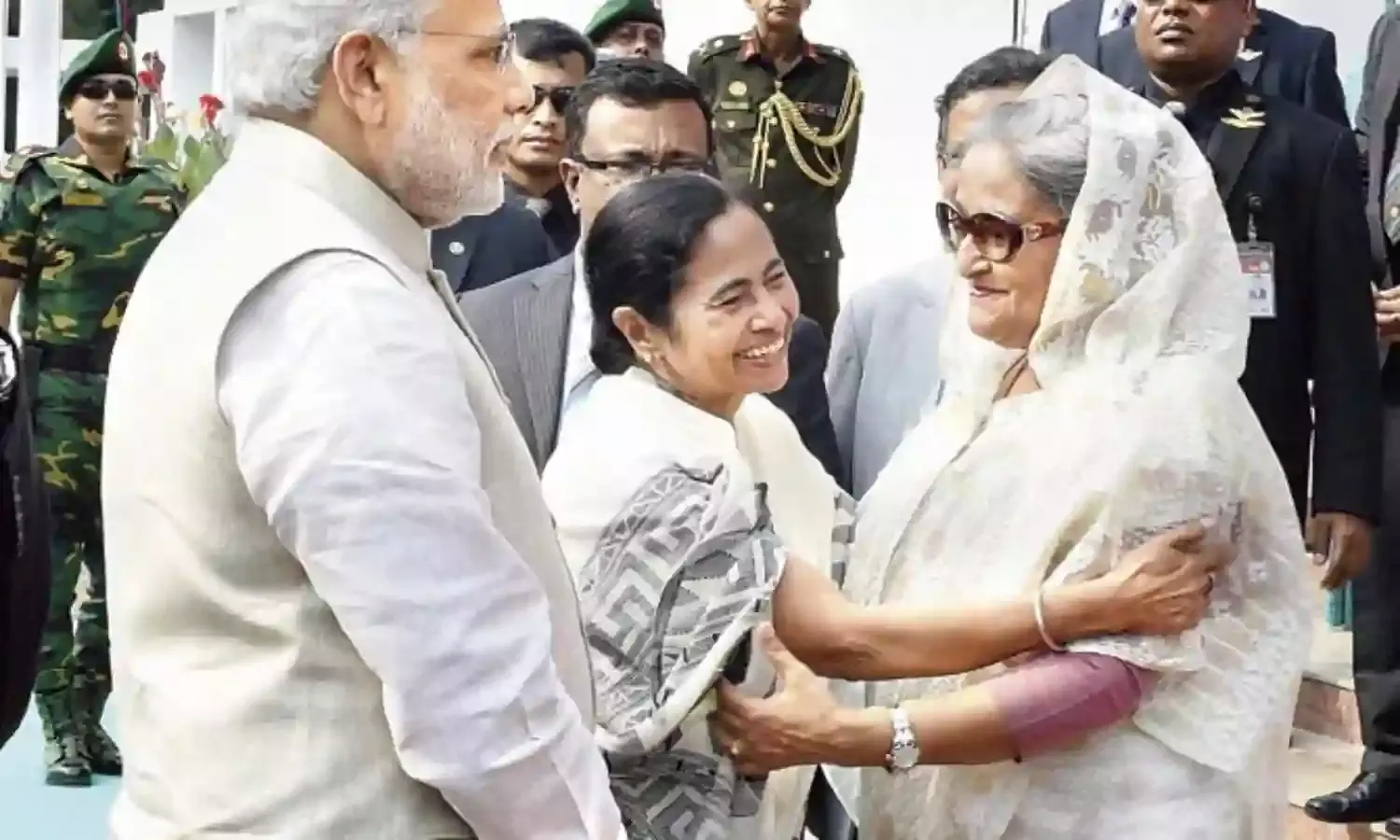Why Bangladesh Matters
I often asked myself: Who is a Bangladeshi?

During a tour of duty in Dhaka in 1990, I often asked myself: who is a Bangladeshi? The answers came from a rewind into history, that reliable science which mediates our competing dilemmas.
It became clear that memory is what shapes the Bangladeshi identity, regardless of human intervention to alter the course.
For Indians, it is small comfort that Bangladeshis see themselves as distinct from Bengali Indians, or Indians beyond. The Right’s argument has lodged in the national imagination: the Partition plan envisaged two Muslim- majority states, there would have been no Bangladesh without Pakistan, and Bangladeshis are not Indians because they were once Pakistanis. It does not matter that there would have been no Pakistan without India.
Not all Bangladeshis share the Right’s views. Some argue that Bangladeshis are neither Indian nor Pakistani because, although Muslim- majority, their nationalism is also defined by race and language. But where culture is concerned, even this group leans on Pakistan, since it is India, not Pakistan, which can swamp Bangladesh culturally.
Remember that Bangladeshis are twice- separated siblings of Partition. The cycle of violent birth and re- birth continues, with no clear end. This might explain the search for alternate roots. Bangladesh is a work in progress.
India gazes uncomfortably at Bangladesh, and Bangladesh does the same. The past collides with the present, playing Partition out in inter- state conduct. For Bangladesh, larger questions of identity and culture are at stake, involving attitudes towards India, Hinduism, the larger world of Islam, and towards next- door West Bengal.
In such a setting, it is difficult for India to construct a stable relationship with Bangladesh.
Cultural dialogue transforms into cultural collision. It took intervention at high levels to rescue the Odissi dancer Sujata Misra’s visit to Bangladesh in 1991, as some felt dance was against the tenets of Islam. When faced with India’s cultural flair, Bangladeshis feel diminished. India rubs against Bangladesh in ways Indians don’t realize.
But the past that unfolds into the present need not be so grim, forever and more. History does not have to be cycles of victimhood. We have the opportunity to alter the course. Given the complexities of Bangladeshi attitudes, the space the ruling dispensation gives to ties with India has won Indian appreciation and reciprocal action. Political wisdom can transform doubters, and create space for stalemated agendas.
What exactly is happening?
Bangladesh has given India joy on persons facing terrorism charges in India. With unity of purpose and uncommon grace, India’s Parliament ratified the Land Boundary Agreement of 2015. In 2014, on a maritime dispute, India abided by a ruling by the Permanent Court of Arbitration that favoured Bangladesh. A distinguished diplomat said: “We can deny our detractors. But how can we deny our friends?”
Sripriya Ranganathan, Joint Secretary and Head of Division in the Ministry of External Affairs, dealing with Bangladesh and Myanmar, says: “Politically, both sides understand the immense value of people to people co- operation and contacts which is the bedrock of the relationship.”
How would such connections develop? “In view of the tremendous growth in connectivity between the two countries, the Indian side is moving to step up the relevant border infrastructure to keep pace with growing demand,” asserts Ranganathan.
Infrastructure projects are restoring links and mending fences. Four of six pre- 1965 rail links- Radhikapur- Birol, Singhabad- Rohanpur, Darshana- Gede and Petrapole- Benapole- have been restored. Coastal shipping services have begun, reducing transshipment costs via Singapore. Kolkata- Dhaka- Agartala and Dhaka- Shillong- Guwahati bus services have started.
In the 1990s, Bangladesh denied India natural gas to balance its diplomatic weakness and wrest concessions in other areas. Now, economic logic shapes political decisions. “Both sides recognize the opportunities for useful co- operation in the oil and gas sector,” says Ranganathan.
With an Energy Dialogue in place, Bangladesh imports oil and gas from India. India supplies 100 MW of power to Bangladesh, including from the Palatana power project in Tripura. Moving to trade, it allows Bangladesh “Duty Free Quota Free” access to all exports, except 25 items. In the 1990s’, India was considered an economic predator.
A people- led relationship can create momentum for a deeper trust. In 2018, it is connectivity that bonds the two peoples, and removes misconceptions of the past. With political sagacity, ancient routes to the further East could revive.
The injection of pragmatism into the relationship could be an interlude, and things could fall apart with change of regimes. The wise build structures when the base is stable. The two sides need to protect their relationship from turbulence. In diplomacy, opportunities are not open- shut cases. We have to squeeze into the little opening and create stability. Inter- state relations are difficult to build, and more difficult to repair.
In 2015, National Security Advisor Ajit Doval had presciently called Bangladesh India’s most important neighbour. Those who gaze with anxiety towards the north and anger towards the west should also celebrate our vitally important partnership with Bangladesh.
(Jitendra Nath Misra is a retired ambassador. He has served in Bangladesh)



